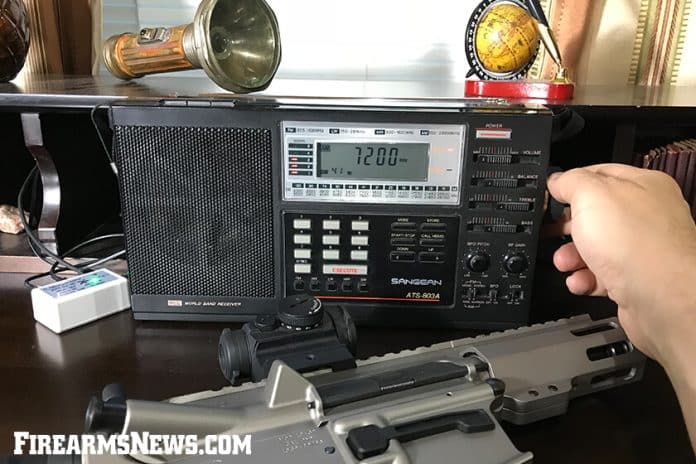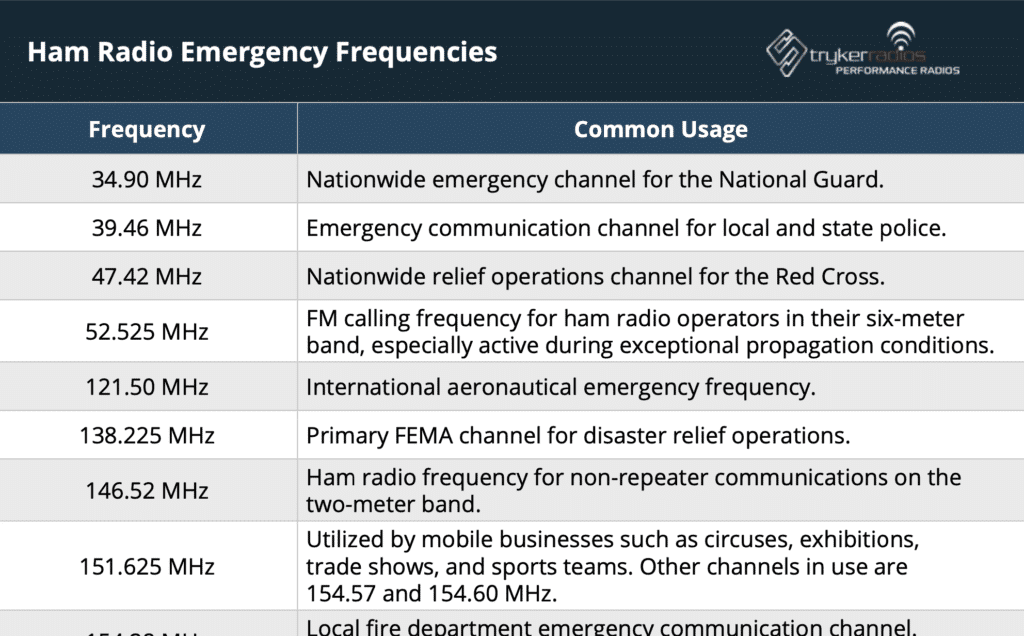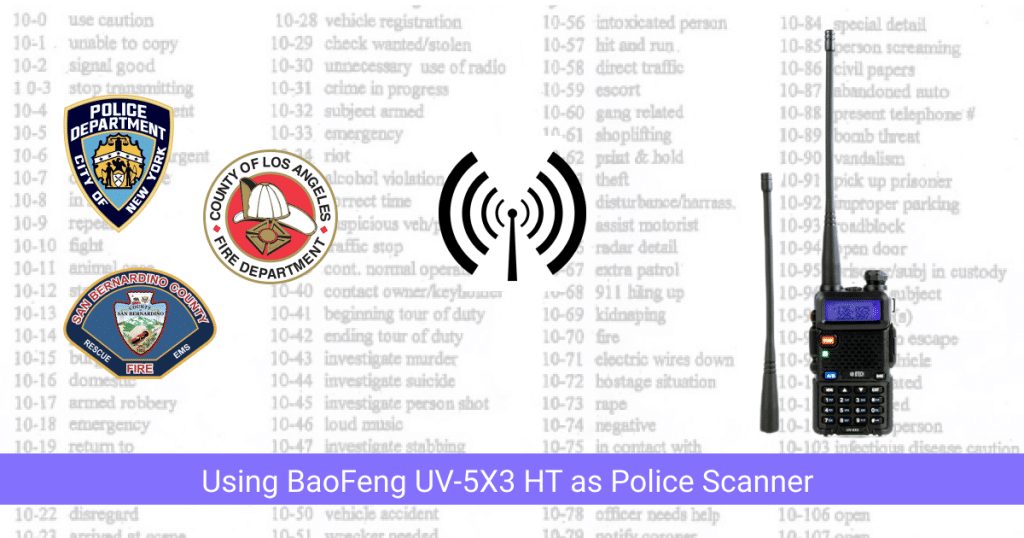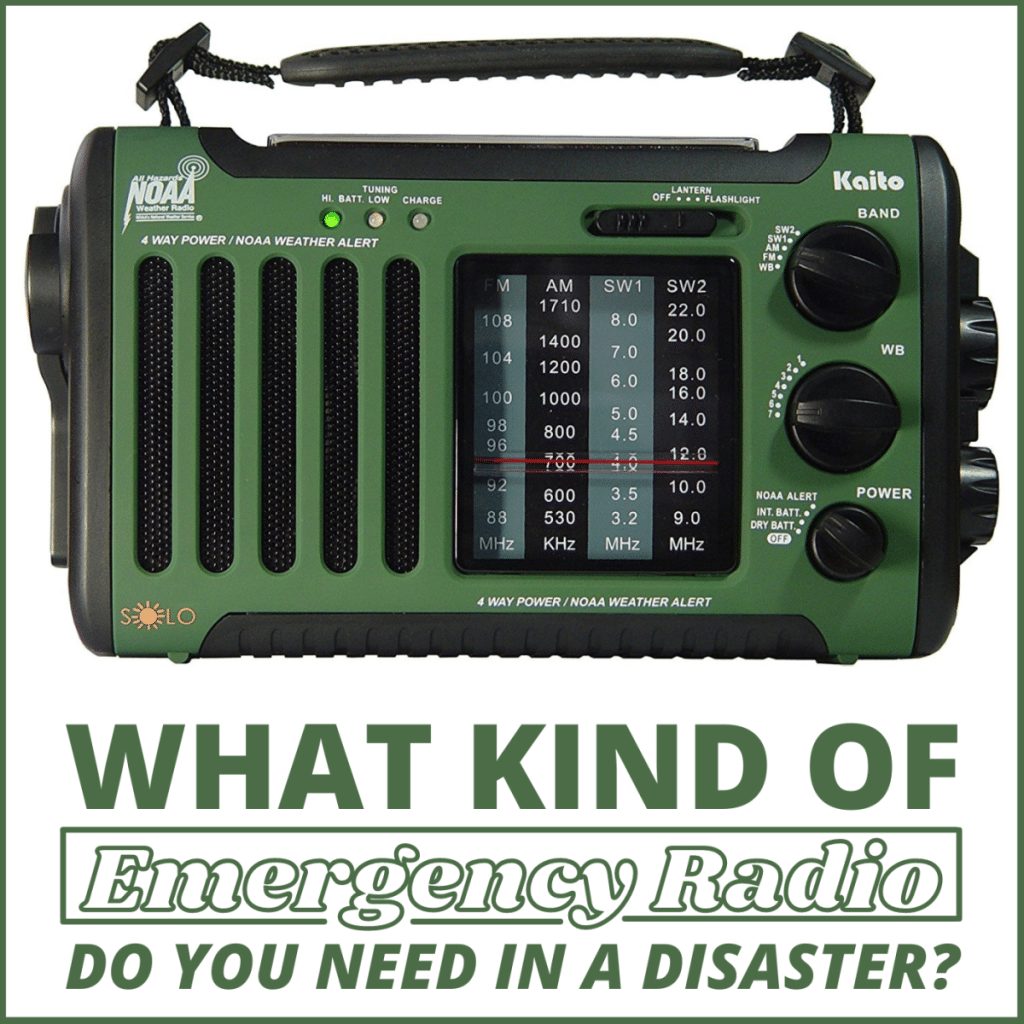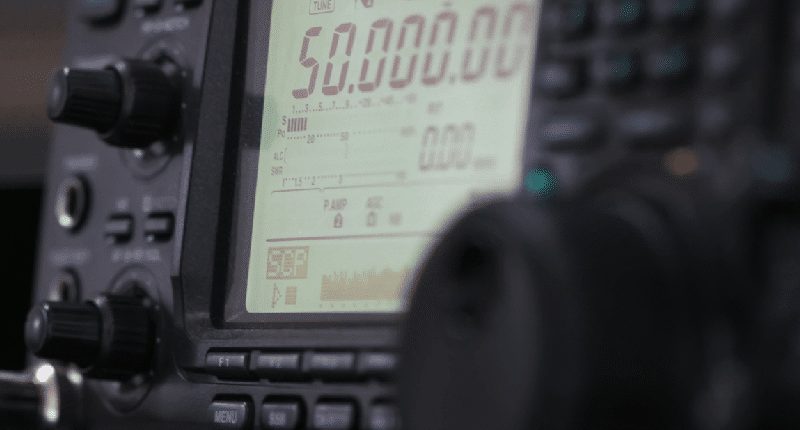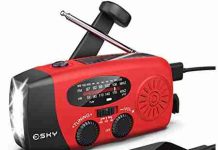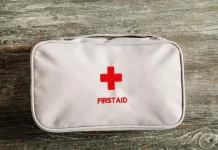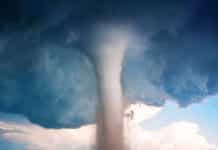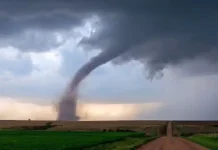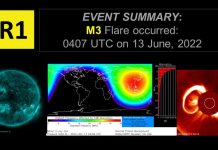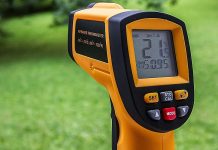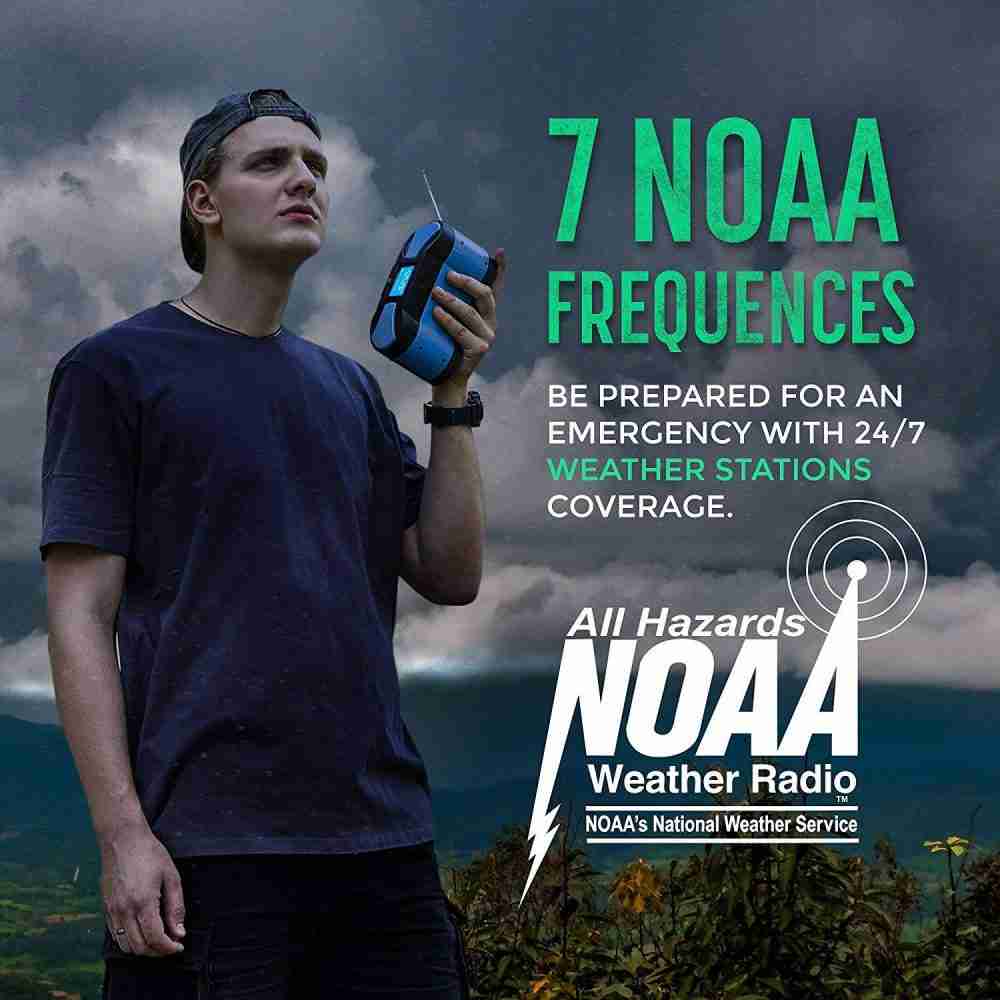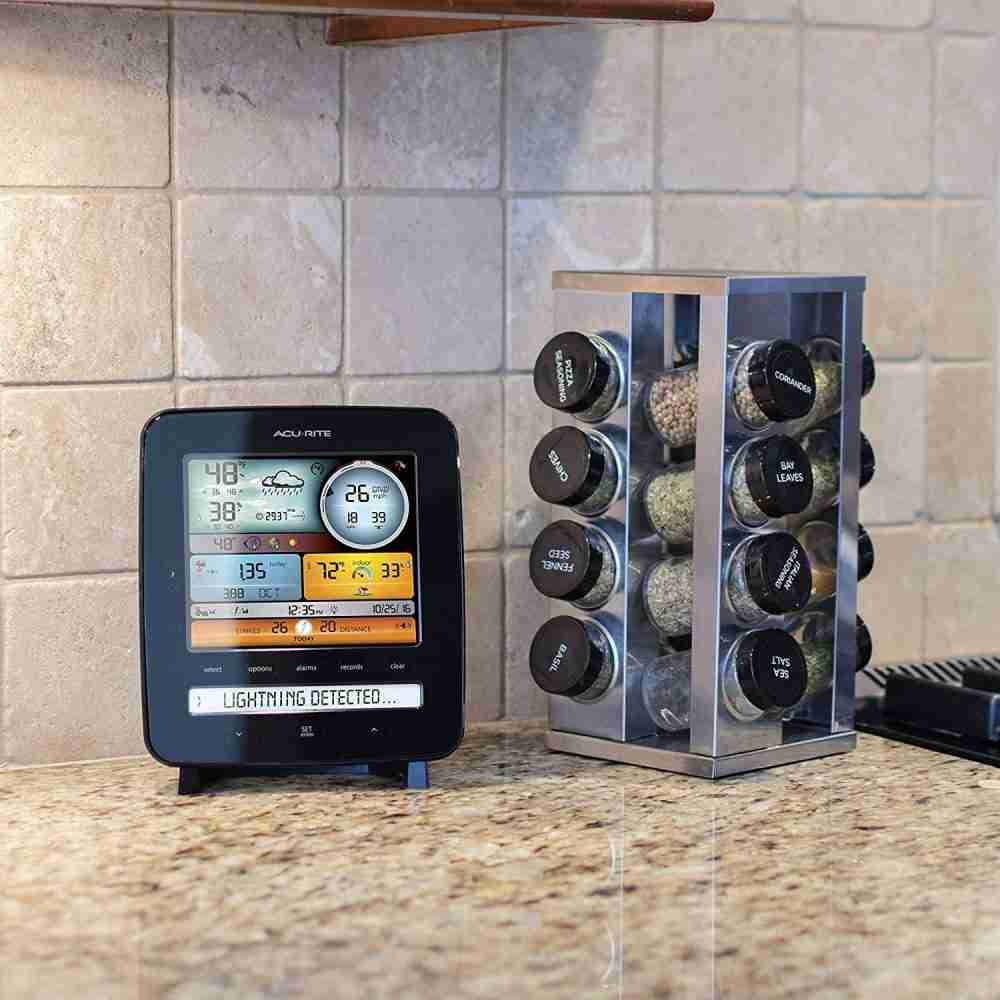In an emergency situation, ensuring that you are tuned to the right radio frequency is crucial for receiving real-time updates and information. Whether it’s a natural disaster or an unforeseen event, being connected to the right frequency can be a lifeline. But what frequency should you tune your radio to during these critical times? This article aims to provide you with the necessary knowledge and guidance to ensure that you are fully prepared for any emergency, helping you make informed decisions that can potentially save lives.
Understanding Emergency Frequencies
The Importance of Radio Communications in Emergencies
When disaster strikes, communication becomes essential for survival. In these situations, traditional means of communication like cell phones and internet may become unreliable or completely unavailable. This is where radio communications come into play. Radios can be a lifeline during emergencies, providing a direct and reliable form of communication that can reach beyond the limitations of other means. Whether it’s coordinating rescue efforts, staying informed about evacuation instructions, or connecting with emergency services, radios play a critical role in keeping people safe and informed during crises.
Different Types of Radio Frequencies
Radio frequencies are specific ranges of electromagnetic waves that are used for various purposes, including emergency communications. Different frequencies have different characteristics and purposes, so it’s important to understand their distinctions. The three main types of radio frequencies used in emergency communications are VHF (Very High Frequency), UHF (Ultra High Frequency), and MF/HF (Medium Frequency/High Frequency). Each type serves a unique purpose and has its own advantages and disadvantages.
How Frequencies are Measured
Radio frequencies are measured in Hertz (Hz), which represents the number of wave cycles occurring per second. The higher the frequency, the more wave cycles there are in a given time frame. For example, VHF frequencies range from 30 MHz to 300 MHz, UHF frequencies range from 300 MHz to 3 GHz, and MF/HF frequencies range from 3 kHz to 30 MHz. Understanding how frequencies are measured is essential in selecting the appropriate frequency for your specific emergency communication needs.
VHF Frequencies
Very High Frequency Bands
VHF frequencies are commonly used in emergency communications due to their ability to provide reliable line-of-sight communication. This means that VHF signals travel primarily in straight lines and are subject to limited obstacles such as buildings and natural terrain. VHF frequencies operate in the range of 30 MHz to 300 MHz, making them suitable for short to medium-range communication.
Common Uses for VHF Frequencies
VHF frequencies are widely utilized by emergency services such as police, fire departments, and paramedics. They are also used by public safety organizations, search and rescue teams, and marine and aviation services. VHF radios are also commonly found in handheld radios and walkie-talkies, making them accessible for personal emergency communication needs.
Finding VHF Frequencies for Emergency Services
If you’re in need of emergency assistance, it’s crucial to know the VHF frequency used by your local emergency services. These frequencies can typically be found on the websites or official channels of the relevant organizations. Additionally, emergency services often have dedicated channels for specific purposes, such as police dispatch or fire department coordination. Familiarizing yourself with these frequencies could prove invaluable in times of crisis.
This image is property of strykerradios.com.
UHF Frequencies
Ultra High Frequency Bands
UHF frequencies operate in the range of 300 MHz to 3 GHz, making them capable of transmitting over shorter distances compared to VHF frequencies. While they may not provide the same range as VHF frequencies, UHF signals have the advantage of being able to penetrate obstructions such as buildings, foliage, and urban environments more effectively.
Advantages and Disadvantages of UHF Frequencies
One of the significant advantages of UHF frequencies is their ability to provide clearer and more reliable communication in densely populated areas. UHF radios are often used by law enforcement, emergency medical services, and other public safety organizations in urban environments. However, due to their limited range, UHF frequencies are less suitable for long-range communications or remote areas.
Selecting UHF Channels for Emergency Communications
To ensure effective emergency communication using UHF frequencies, it’s crucial to select the appropriate channels. Different channels serve different purposes, such as local coordination, talkaround channels, or interoperability with other agencies. It’s advisable to consult local emergency services or official sources to identify the recommended UHF channels for emergency situations in your area.
MF/HF Frequencies
Medium Frequency and High Frequency Bands
MF/HF frequencies operate in the range of 3 kHz to 30 MHz, allowing for long-distance communication over hundreds or even thousands of miles. These frequencies are particularly useful in situations where traditional communication infrastructure has been compromised or when reaching remote areas is essential.
Long-Distance Communication Characteristics
One of the key characteristics of MF/HF frequencies is their ability to propagate beyond the line-of-sight limitations common with VHF and UHF frequencies. MF/HF waves can travel further by bouncing off the ionosphere, the upper layers of the Earth’s atmosphere. This allows for communication over vast distances, making MF/HF frequencies valuable in emergency situations that require coordination across large areas.
Emergency Organizations on MF/HF Bands
Various emergency organizations, such as international disaster relief agencies and maritime search and rescue services, utilize MF/HF frequencies for their operations. These frequencies provide a reliable means of communication in remote regions or during disasters where traditional communication systems may be disrupted. It’s essential for amateur radio operators and emergency organizations to be aware of the MF/HF frequencies used by these groups, as they can be vital sources of information during emergencies.
This image is property of yasoob.me.
The Role of Amateur Radio
Amateur Radio Frequencies and Licenses
Amateur radio, often referred to as ham radio, is a popular hobby that also plays a significant role in emergency communications. Amateur radio operators, or hams, are licensed individuals who use dedicated frequencies to communicate with each other, both locally and globally. These frequencies are regulated by national governments and international organizations to ensure orderly and efficient communication.
Amateur Radio Emergency Service (ARES)
The Amateur Radio Emergency Service (ARES) is a group of amateur radio operators who volunteer their time and expertise to assist in emergency situations. ARES members are trained in emergency communications protocols and regularly participate in drills and exercises to maintain their skills. During emergencies, ARES members can provide critical communication support to emergency management agencies, disaster response organizations, and other groups involved in relief efforts.
Emergency Frequencies Monitored by Amateur Radio Operators
Amateur radio operators often monitor specific frequencies designated for emergency communications. These frequencies include various bands within the VHF, UHF, and MF/HF ranges. Monitoring emergency frequencies allows amateur radio operators to stay informed about ongoing emergencies, provide assistance when needed, and relay vital information to emergency services. Amateurs play a crucial role as the “eyes and ears” of the community during disasters and assist in maintaining communication capabilities when traditional systems fail.
Emergency Broadcast System
National Emergency Alert System
The National Emergency Alert System (EAS) is a nationwide network designed to disseminate emergency messages to the public via various media outlets, including radio. EAS alerts are issued by authorized government agencies and can provide updates on severe weather, natural disasters, public safety threats, and other emergencies. These alerts are broadcast simultaneously across multiple radio stations, ensuring widespread and timely dissemination of critical information.
Activation and Transmission of Emergency Messages
When an emergency occurs, authorized agencies activate the EAS to send out alerts to the public. These alerts are transmitted using specific codes and protocols that radio stations are required to follow. Once a station receives an EAS alert, it interrupts regular programming to broadcast the emergency message. This ensures that the information reaches as many people as possible and serves as a valuable resource for staying informed and taking appropriate actions during emergencies.
Radio Stations Responsible for Emergency Broadcasts
Local radio stations have a crucial role in delivering emergency broadcasts to their communities. These stations work closely with emergency management agencies and other authorized organizations to ensure timely and accurate dissemination of information. In times of crisis, radio broadcasters become a lifeline for the public, providing real-time updates, evacuation instructions, and other critical information essential for personal safety and decision-making.
This image is property of images.saymedia-content.com.
Internet-Based Emergency Communications
Advantages and Limitations of Internet-Based Communications
In the digital age, when internet connectivity is readily available, internet-based communication channels have become an integral part of emergency communications. These channels offer advantages such as widespread reach, real-time updates, and multimedia capabilities. However, they also have limitations, as internet connectivity may be compromised during emergencies, making them less reliable in certain situations. It’s crucial to understand the strengths and weaknesses of internet-based communication to effectively utilize them for emergency purposes.
Emergency Communication Apps and Websites
Numerous apps and websites are specifically designed to facilitate emergency communication during crises. These platforms provide various features, such as push notifications, group messaging, location sharing, and emergency contact information. Popular examples include FEMA’s official app, community-based emergency alert apps, and websites that aggregate information from multiple sources. These tools can be invaluable resources for receiving timely updates, accessing emergency services, and connecting with loved ones during emergencies.
Using the Internet for Real-Time Updates
One of the significant advantages of internet-based communication during emergencies is the ability to receive real-time updates. Social media platforms, news websites, and official emergency management websites often provide live feeds, news bulletins, and updates from authorities. Monitoring these sources allows individuals to stay informed about the evolving situation and make informed decisions regarding their safety and well-being.
Community-Specific Emergency Frequencies
Local Emergency Services Frequencies
In addition to the broader emergency communication channels, communities often have specific frequencies allocated for local emergency services. These frequencies enable direct communication between community members and local first responders during emergencies. They are typically utilized for reporting incidents, requesting assistance, or relaying important information to emergency personnel. It’s essential to be aware of these frequencies and their appropriate usage guidelines to form a direct line of communication with local authorities when needed.
Citizen’s Band (CB) Radio Channels
Citizen’s Band (CB) radios have long been used for personal communication and are still utilized in emergencies. CB radios operate in the 27 MHz frequency range and offer short-range communication options, especially in areas where other means may be unavailable or unreliable. Certain CB channels are reserved for emergency communications, allowing individuals to connect with others nearby and request assistance during critical situations.
Other Community Communication Channels
Communities may establish additional communication channels specific to their needs during emergencies. These channels can include local radio stations dedicated to emergency updates, neighborhood-based radio networks, or designated call-in numbers to report emergencies or request information. By staying connected to these community-specific communication channels, individuals can access localized information and receive immediate assistance when necessary.
This image is property of strykerradios.com.
Prioritizing Frequencies in an Emergency
Primary Emergency Frequencies
During emergencies, certain frequencies are prioritized for communication among emergency response agencies, such as police, fire departments, and medical services. These primary frequencies are typically reserved for critical functions, including incident command, dispatch, and coordination of resources. It is essential for these agencies to have clear and unobstructed access to these primary frequencies to ensure effective communication and coordination during emergencies.
Backup Frequencies and Redundancy
To account for potential failures or interference on primary frequencies, backup frequencies are designated to provide redundancy in emergency communication systems. These backup frequencies serve as alternative channels for emergency services to use in case the primary frequencies become compromised or congested. Establishing and regularly testing backup frequencies is vital to maintain reliable communication even in challenging situations.
Interference and Frequency Management
Interference from various sources, including other radio signals, atmospheric conditions, or physical obstructions, can disrupt emergency communications. Effective frequency management is crucial to mitigate interference and ensure clear and reliable communication during emergencies. This includes coordinating frequency usage among different agencies, implementing proper equipment and antenna configurations, and continuously monitoring for potential sources of interference.
Emergency Radio Etiquette
Proper Radio Usage
During emergencies, proper radio usage is essential to ensure effective communication and avoid unnecessary confusion or delays. It’s important to remember to speak clearly and concisely, using standardized communication protocols. Avoid using jargon, code words, or technical terms that may not be universally understood. Making the information as clear and understandable as possible can help emergency personnel receive and respond to messages promptly.
Standard Emergency Radio Protocols
Standardized radio protocols, such as the Incident Command System (ICS) or National Incident Management System (NIMS), are widely adopted by emergency response agencies. Understanding and following these protocols can enhance communication efficiency and facilitate seamless coordination between different teams and agencies involved in emergency operations. Familiarize yourself with these protocols to ensure effective communication with emergency services.
Listening and Broadcasting Etiquette
When using radios for emergency communication, observing proper listening and broadcasting etiquette is crucial. This includes actively listening for incoming messages, avoiding unnecessary transmissions or interruptions, and waiting for an opportunity to respond if the frequency is busy. Additionally, respect the priority of emergency transmissions and avoid frivolous or non-emergency communications that may hinder critical emergency traffic.
In conclusion, understanding different types of emergency frequencies, such as VHF, UHF, and MF/HF, is vital for effective communication during crises. Knowing the specific frequencies used by local emergency services, monitoring amateur radio frequencies, and staying connected to the National Emergency Alert System can provide essential information and assistance during emergencies. Whether it’s through traditional radio broadcasts, internet-based communication channels, or community-specific frequencies, maintaining reliable emergency communication is essential for personal safety and the overall coordination of response efforts. By following proper emergency radio etiquette and prioritizing frequencies, individuals can help ensure clear and effective communication, making a significant difference in emergency situations.
This image is property of content.osgnetworks.tv.

